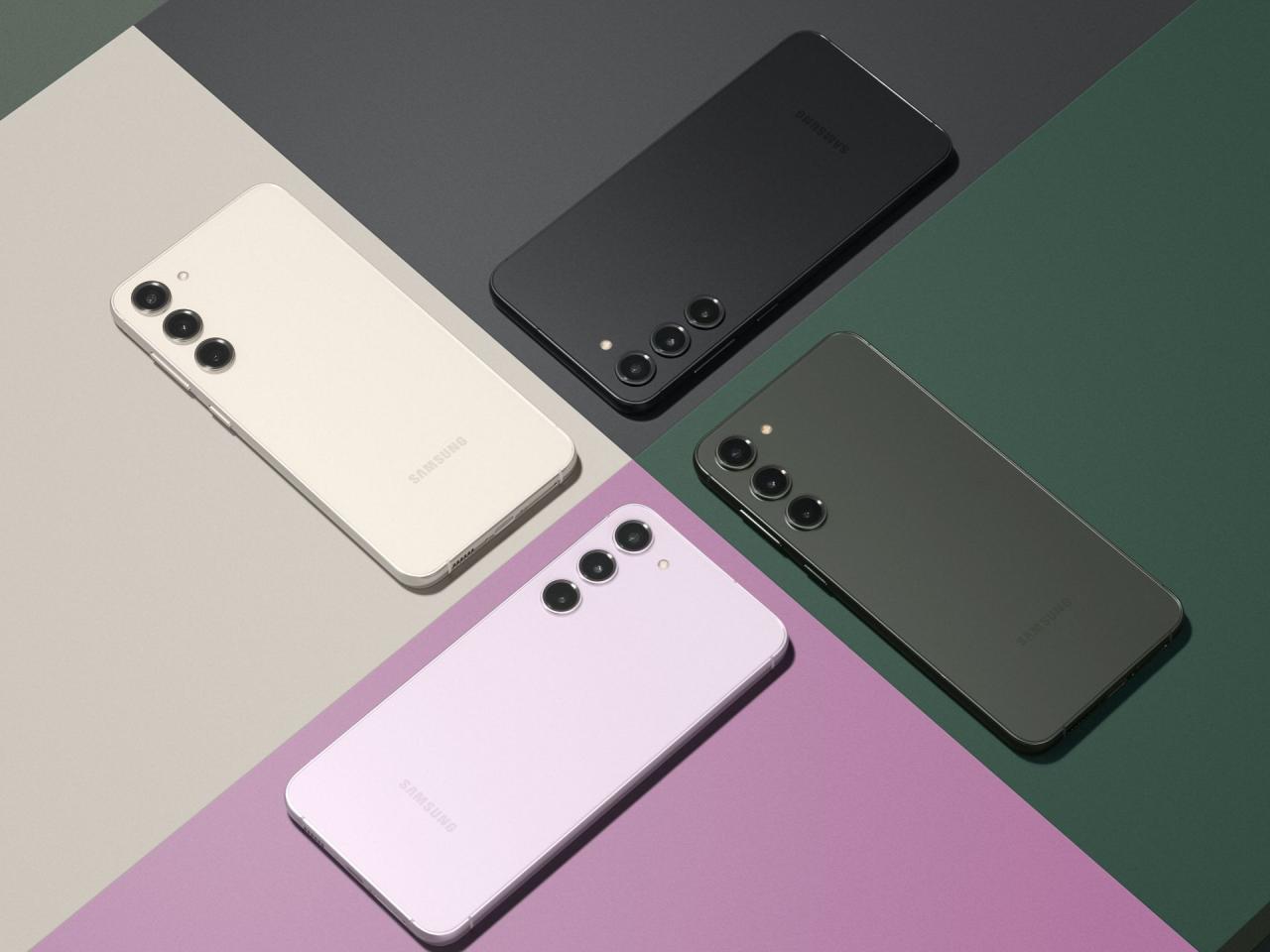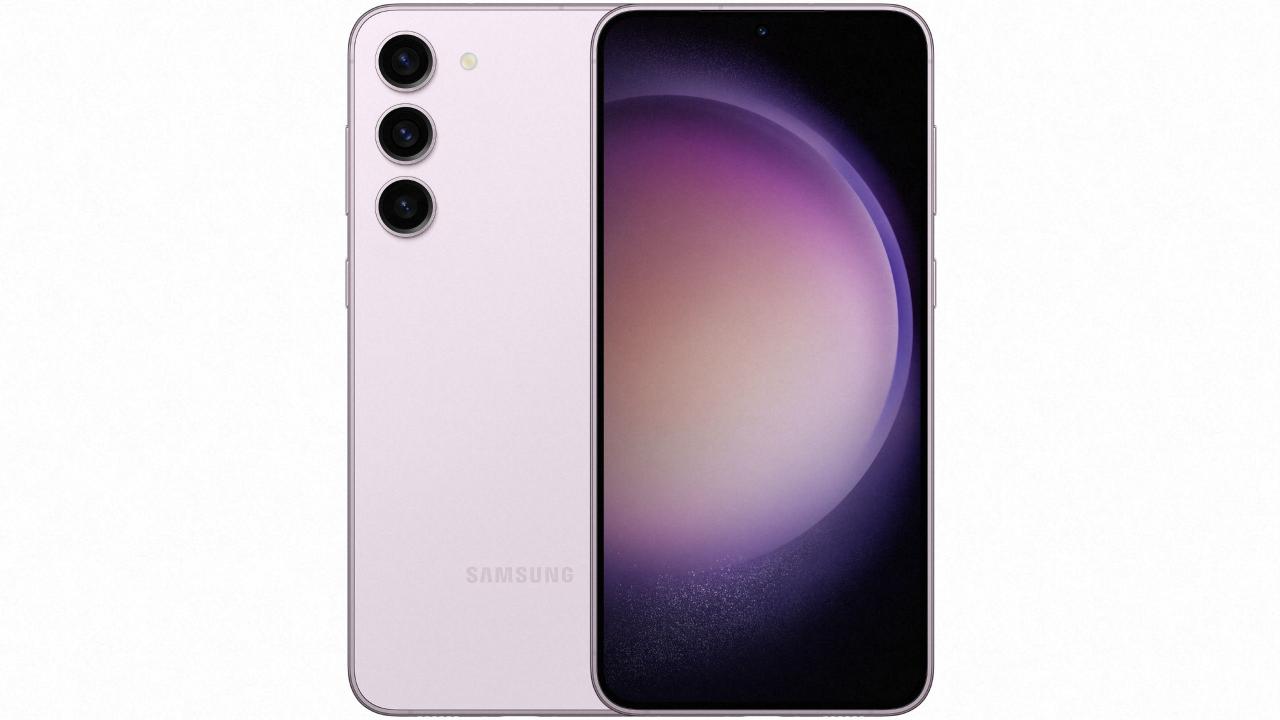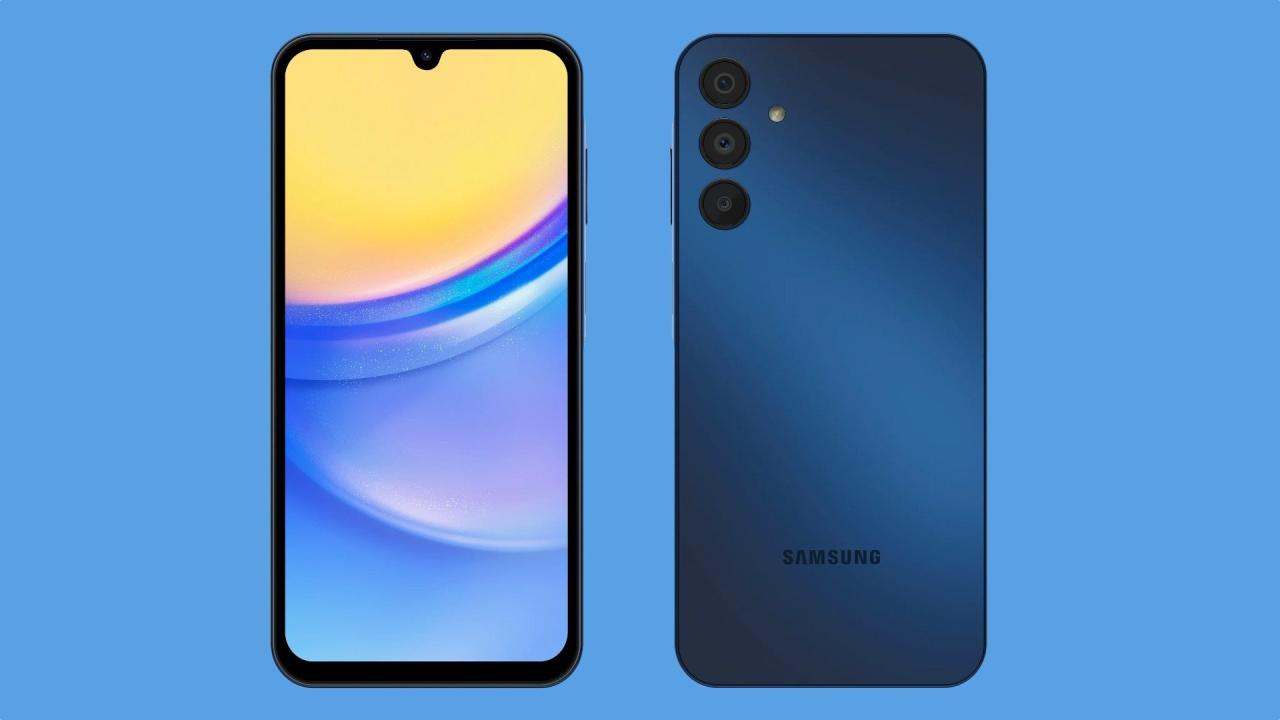samsung note7 stands as a significant chapter in smartphone history, captivating technology enthusiasts and consumers alike. Launched with much anticipation, it promised a blend of cutting-edge features and sleek design that positioned it as a formidable player in the market.
However, this promise was soon overshadowed by controversies, notably concerning battery safety, leading to a recall that shook the industry. Despite its tumultuous journey, the Note7’s innovative elements continue to influence future smartphone designs, making it a pivotal case study in the evolution of mobile technology.
History of Samsung Note7

The Samsung Note7 marked a significant chapter in the company’s smartphone lineage, emphasizing innovation and pushing the boundaries of technology. Launched in August 2016, it was part of the Galaxy Note series, known for its large displays and S Pen functionality. This model was anticipated to set new standards for phablets, with features that appealed to both tech enthusiasts and everyday users.
The development timeline of the Samsung Note7 reflects a commitment to integrating advanced capabilities within a sleek design. It was developed as a successor to the Note5, incorporating feedback from consumers and enhancing features that resonated with users. Notable enhancements included a dual-edge display, a larger battery, and enhanced pressure sensitivity for the S Pen. The Note7 was designed to be water-resistant with an IP68 rating, allowing it to survive immersion in water. Furthermore, it came equipped with a 12 MP dual-pixel rear camera, offering exceptional low-light photography capabilities.
Events Leading to Release and Recall
The initial release of the Samsung Note7 was met with enthusiasm, propelled by a robust marketing campaign and positive pre-release reviews. The phone quickly gained traction due to its premium design and high-end features, which included iris scanning technology for enhanced security. However, the excitement was short-lived as reports of battery issues emerged soon after its launch, leading to a widespread recall.
The importance of safety in electronics was brought to the forefront as incidents of overheating and explosions in the Note7 were reported. Samsung’s response included a comprehensive recall of more than 2.5 million devices, aimed at addressing the battery flaw that posed significant risks to users. The company took extensive measures to rectify the problem, implementing a stringent quality assurance process and conducting thorough investigations into the root causes of the failures.
“Safety is our top priority, and we are committed to taking the necessary steps to ensure that our customers have the best possible experience with our products.”
Despite the challenges faced, the Note7’s brief existence highlighted the importance of consumer safety in technology and set a precedent for future product launches in the industry. The fallout from the Note7 incident prompted Samsung to revamp its product testing protocols, ultimately influencing how smartphones are designed and manufactured in subsequent years.
Technical Specifications of Samsung Note7

The Samsung Note7, launched in August 2016, was a highly anticipated device that aimed to elevate the phablet experience with cutting-edge technology and innovative features. This smartphone was designed to blend productivity and entertainment seamlessly, making it a standout in the Galaxy Note series.
The hardware specifications of the Note7 exhibit a formidable combination of power and functionality. It was equipped with a Qualcomm Snapdragon 820 processor in the U.S. and an Exynos 8890 chip in other regions. This ensured that users experienced lightning-fast performance and efficiency, whether they were multitasking with demanding applications or enjoying high-definition gaming.
Hardware Specifications
The Samsung Note7 came with a robust set of hardware features that catered to both power users and casual consumers. Key specifications include:
- Display: 5.7-inch Quad HD Super AMOLED display with a resolution of 1440 x 2560 pixels, offering vibrant colors and deep blacks.
- RAM: 4 GB of RAM, providing ample memory for smooth multitasking and application performance.
- Storage: 64 GB internal storage, expandable via microSD card, accommodating a variety of user needs for data and media.
- Camera: 12 MP rear camera with fast autofocus and optical image stabilization, paired with a 5 MP front-facing camera for stunning selfies.
- Battery: 3500 mAh battery with fast charging capabilities, allowing users to stay powered throughout the day.
The Note7 also boasted an IP68 rating for water and dust resistance, enhancing its durability in everyday use. Furthermore, the inclusion of the S Pen made it a unique offering in the smartphone market, allowing users to take notes, create sketches, and navigate the device with precision.
Software Features
The software experience on the Note7 was enriched with unique features that set it apart from its predecessors. Samsung introduced several enhancements, including:
- S Pen enhancements: The S Pen was further refined, allowing improvements in pressure sensitivity and a new Air Command feature that provided quick access to useful tools.
- Always On Display: This feature enabled users to see important information like time and notifications without unlocking the phone, optimizing accessibility and convenience.
- Multi-Window Mode: Users could run two apps simultaneously, enhancing productivity and allowing for seamless multitasking.
- Secure Folder: A dedicated space for sensitive information, providing an extra layer of security for personal data.
These software enhancements underscored Samsung’s commitment to delivering a user-friendly interface while maximizing the device’s capabilities.
Comparison with Predecessors and Successors
When comparing the specifications of the Note7 with its predecessors, such as the Note5, and successors like the Note8, significant advancements can be observed.
| Feature | Galaxy Note5 | Galaxy Note7 | Galaxy Note8 |
|---|---|---|---|
| Processor | Exynos 7420 | Snapdragon 820 / Exynos 8890 | Snapdragon 835 / Exynos 8895 |
| RAM | 4 GB | 4 GB | 6 GB |
| Camera | 16 MP | 12 MP | 12 MP + 12 MP (dual camera) |
| Battery | 3000 mAh | 3500 mAh | 3300 mAh |
| Display | 5.7-inch QHD | 5.7-inch QHD | 6.3-inch QHD+ |
The Note7 introduced significant performance improvements, particularly with its processing power and camera capabilities, while its successors, like the Note8, further innovated with enhanced RAM and camera technology. Each iteration reflects Samsung’s drive for continual advancement in the phablet market.
Controversies Surrounding Samsung Note7

The Samsung Note7 was intended to be a flagship device, showcasing the best of what Samsung had to offer in terms of technology and innovation. However, the device became infamous for the significant controversies that marred its release, primarily due to serious safety concerns and battery issues. This segment delves into the controversies surrounding the Note7, examining the implications for Samsung’s reputation and the wider industry landscape.
Battery Issues and Safety Concerns, Samsung note7
The most critical controversy involving the Samsung Note7 was its battery safety. Reports began emerging soon after the device was launched in August 2016 that some Note7 units were catching fire or exploding. The issue stemmed from the lithium-ion battery, which, in certain production batches, was prone to overheating and swelling. Samsung’s internal investigations revealed that the batteries from one of their suppliers had a manufacturing defect, causing the cells to short-circuit.
To address these alarming incidents, Samsung initiated a global recall of approximately 2.5 million devices in September 2016. However, even after replacing the faulty batteries, reports of fires continued, leading to a second recall and ultimately the discontinuation of the Note7 in October 2016. The incidents raised widespread safety concerns among consumers, leading to scrutiny from regulatory agencies worldwide.
“The battery issues with the Note7 not only jeopardized user safety but also resulted in significant financial repercussions for Samsung.”
Impact of the Note7 Recall on Samsung’s Reputation
The fallout from the Note7 recall had a profound impact on Samsung’s brand reputation. Once seen as a leader in smartphone innovation, the company faced immense backlash from both consumers and industry experts. The recalls prompted fears regarding the reliability of Samsung’s products, leading to a decline in consumer trust. Samsung’s stock price took a hit, and the company’s market capitalization decreased by billions.
Despite the public relations crisis, Samsung took substantial steps to restore its reputation. The company initiated extensive safety checks and established a new battery division to ensure stringent quality control measures. They also launched a transparent communications strategy to keep consumers informed about the steps they were taking to rectify the situation.
Lessons Learned by the Industry from the Note7 Incident
The Note7 incident served as a cautionary tale for the smartphone industry and beyond. Several key lessons emerged from this controversy, highlighting the importance of rigorous testing and quality assurance processes.
– Importance of Battery Safety: The Note7 incident underscored the necessity for manufacturers to prioritize battery safety in the design phase. Companies are now more vigilant in testing lithium-ion batteries to prevent overheating and related issues.
– Crisis Management Protocols: The incident illustrated the critical need for having robust crisis management strategies in place. Companies learned the value of rapid response and transparent communication during product failures to mitigate damage to their reputations.
– Supply Chain Oversight: The controversy revealed weaknesses in supply chain management, prompting companies to enforce stricter oversight and accountability among suppliers. Ensuring that all components meet safety standards became a priority.
– Consumer Trust: The Note7’s fallout highlighted that consumer trust is pivotal for brand longevity. Companies are increasingly focused on building and maintaining trust through transparency and quality assurance.
These lessons have had a lasting impact on the smartphone industry, prompting enhanced safety measures and protocols aimed at avoiding similar controversies in the future.
Legacy of Samsung Note7
The Samsung Note7 is often remembered not only for its innovative features but also for the controversies that surrounded its launch and subsequent recall. Despite its tumultuous history, the Note7 left a significant mark on the smartphone industry, influencing design choices, consumer expectations, and corporate strategies in the years that followed.
The aftermath of the Note7 incident had a ripple effect, impacting future smartphone designs and consumer safety protocols. Manufacturers learned valuable lessons regarding battery safety and quality control, leading to enhanced caution in the design and production processes. The Note7 incident prompted competitors to rethink their approaches to device durability and consumer trust.
Influence on Future Smartphone Designs
The design and technology showcased in the Note7 set a high bar for subsequent smartphones. Its sleek design, high-resolution display, and unique features, such as the S Pen, became benchmarks for future devices. Competitors were compelled to innovate in several areas:
- Battery Safety: Following the Note7 crisis, manufacturers prioritized battery testing and certification processes to prevent similar disasters. This included implementing advanced safety measures like multi-layer safety designs and software that manages battery performance.
- Water Resistance: Samsung’s incorporation of water resistance in the Note7 encouraged other brands to adopt similar features, leading to a broader industry standard for durability.
- Increased Focus on Consumer Feedback: The aftermath of the Note7 emphasized the importance of consumer research during the design process, leading to more user-centric designs in flagship models.
Consumer Response and Market Effects
Consumer response to the Note7 incident was mixed, affecting brand loyalty and market dynamics. Many loyal Samsung users were disheartened by the incident, yet the company worked diligently to regain consumer trust through transparency and comprehensive recall efforts. The response included:
- Enhanced Customer Support: Samsung established more robust customer service protocols to address consumer concerns promptly and effectively.
- Introduction of the Galaxy S8: To rebuild its image, Samsung accelerated the launch of its Galaxy S8, which featured improved safety features and design elements that resonated well with users.
- Broader Market Impact: The Note7’s issues caused fluctuations in the smartphone market, with some consumers shifting to competitors temporarily, but many returning once Samsung addressed safety concerns.
Timeline of Note7’s Impact on Samsung’s Product Line
The Note7 incident shaped the trajectory of Samsung’s product strategies in several significant ways. The following timeline illustrates the key events and their repercussions on the company’s product line:
| Year | Event | Impact on Product Line |
|---|---|---|
| 2016 | Launch of Samsung Note7 | Promoted cutting-edge technology and features. |
| 2016 | Global Recall | Initiated major reassessment of quality control protocols. |
| 2017 | Galaxy S8 Launch | Introduced new safety features and design elements. |
| 2018 | Galaxy Note9 Release | Reinforced commitment to quality by ensuring rigorous testing standards. |
| 2019 | Introduction of Galaxy S10 series | Continued integration of advanced features, emphasizing user safety. |
FAQ Insights
What were the key features of the samsung note7?
The samsung note7 featured a stunning display, advanced camera capabilities, and the S Pen, along with water and dust resistance.
Why was the samsung note7 recalled?
The samsung note7 was recalled due to serious battery issues that caused overheating and, in some cases, fires.
How did the note7 impact Samsung’s market position?
The note7 incident led to a temporary decline in Samsung’s reputation, but the company learned from the experience and improved its quality control processes.
What innovations did samsung note7 introduce?
The note7 introduced features like iris scanning for security and a dual-edge display that set a new standard for smartphones.
What lessons did the industry learn from the note7 incident?
The industry learned the critical importance of product testing and transparency in addressing safety concerns swiftly.
The Galaxy S 6 remains a significant milestone in smartphone history, showcasing Samsung’s commitment to innovation. Its sleek design and powerful performance set the stage for future models, making it a must-consider for anyone exploring the evolution of mobile technology.
As the successor to the previous models, the Samsung Galaxy S11 is generating buzz with its anticipated features and capabilities. Fans are eager to see how it integrates advanced camera technology and AI enhancements, promising an even smarter user experience than before.